Vertical gardens, also known as living walls or green walls, have brought a refreshing twist to modern gardening. This upward-bound gardening trend isn’t just about saving space, but also an eco-friendly, visually appealing, and innovative way to reconnect with nature in urban settings.
With a vertical garden, you can turn any wall or structure into a thriving oasis of greenery. The benefits know no bounds, and we’ll explore them, along with a step-by-step guide on how to create and maintain your own vertical garden.
GUIDE TO MAKING A VERTICAL GARDEN
Preparation: Gather Your Materials
- Plastic bottles (various sizes work well)
- A wooden board or frame
- Potting soil
- Plants or seeds of your choice
- A utility knife or scissors
- A marker
- A measuring tape
- Screws or hooks for mounting
Step 1: Bottle Selection And Preparation
- Collect plastic bottles of different sizes and shapes. The more diverse your bottle collection, the more interesting your vertical garden will look.
- Remove the labels and clean the bottles thoroughly. It’s important to have clean bottles to prevent the growth of mold or bacteria.
Step 2: Cut The Bottles
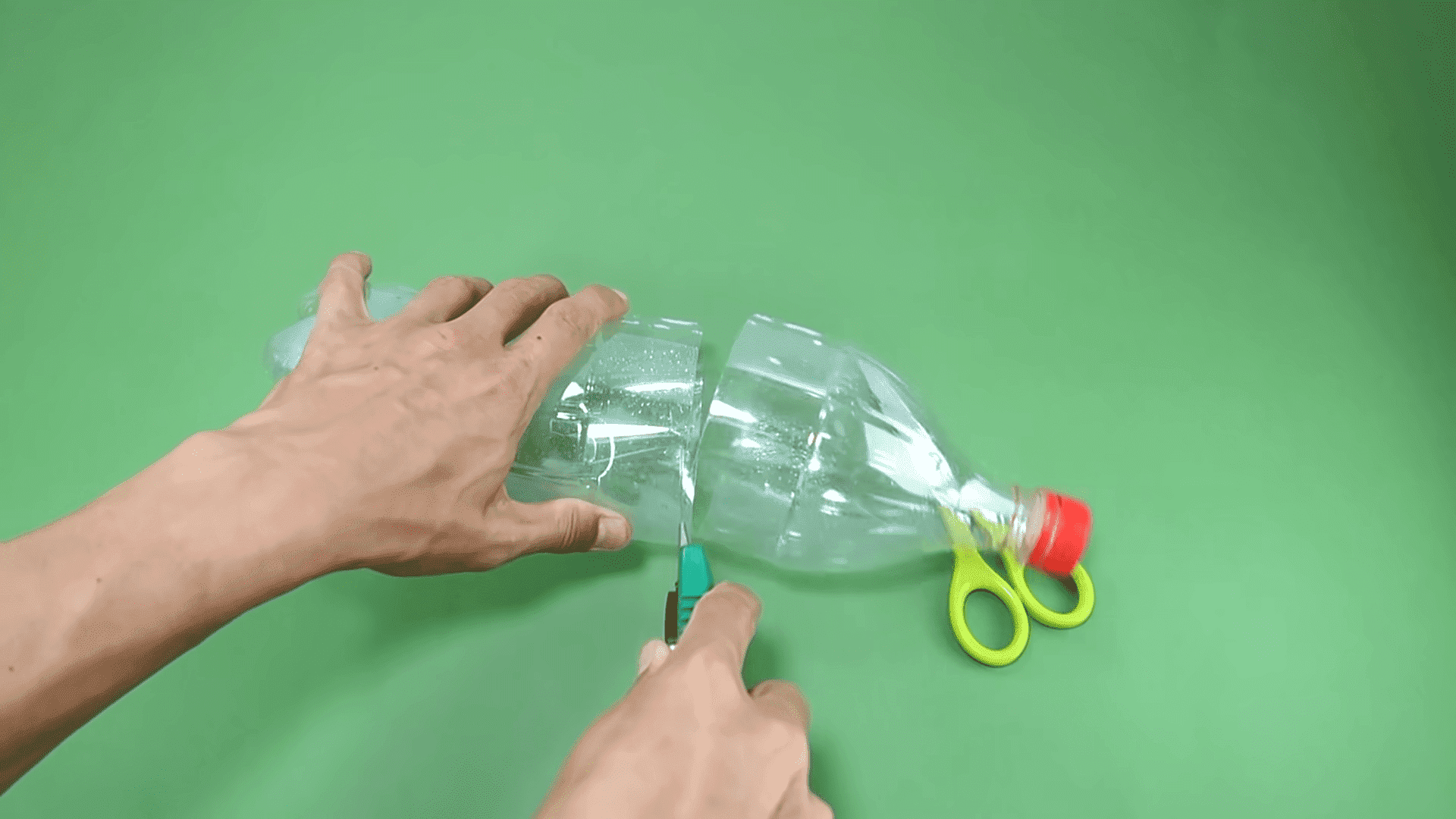
- Using a marker and measuring tape, mark where you want to cut each bottle. The ideal cutting point is just below the bottle’s neck.
- Carefully cut along the marked lines using a utility knife or scissors. You should be cautious, as the cut edges can be sharp.
Step 3: Mount The Wooden Frame
Attach your wooden board or frame to a wall or fence where you want to install your vertical garden. Make sure it’s sturdy and securely fastened.
Step 4: Arrange The Bottles

Arrange the cut bottles on the board or frame, positioning them in the desired pattern. The open end of each bottle should be facing upward to hold the soil.
Step 5: Fill The Bottles With Soil
Fill each bottle with potting soil, leaving a little space at the top for watering. You should tamp the soil down gently to secure it.
Step 6: Plant Your Greenery
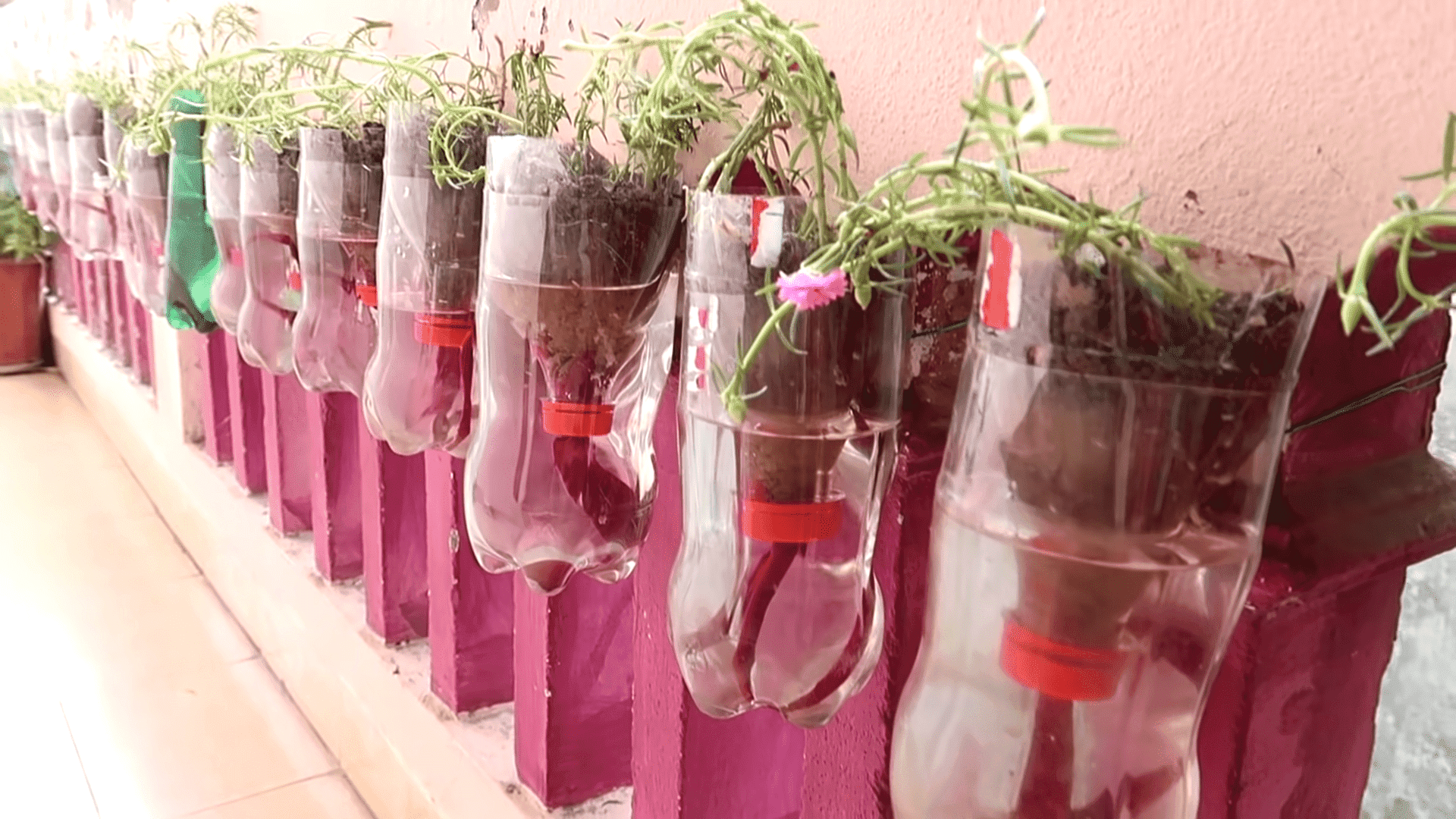
Now, it’s time to introduce your chosen plants or seeds. Herbs, succulents, and small flowers work particularly well in vertical gardens.
Step 7: Water Your Garden
Carefully water your plants by pouring water into the top bottle and allowing it to trickle down to the lower ones. Your daily task is to monitor the moisture levels to ensure your plants are adequately hydrated.
TAKING CARE OF THE VERTICAL GARDEN
1. Soil And Water Management

You should use a high-quality potting mix designed for containers. Ensure your vertical garden has adequate drainage to prevent overwatering. Watering needs vary depending on your climate and the types of plants you’ve chosen, but regular checks are essential.
2. Sun And Shade

To make sure your garden thrives, evaluate the light conditions in your chosen location. Ensure your plants receive the right amount of sunlight, as some plants love full sun, while others prefer partial shade.
3. Regular Pruning and Maintenance
Keep your vertical garden in tip-top shape by pruning regularly, and trimming away dead or yellowing leaves to encourage new growth. When fertilizing, remember to follow the specific requirements of your plant species.
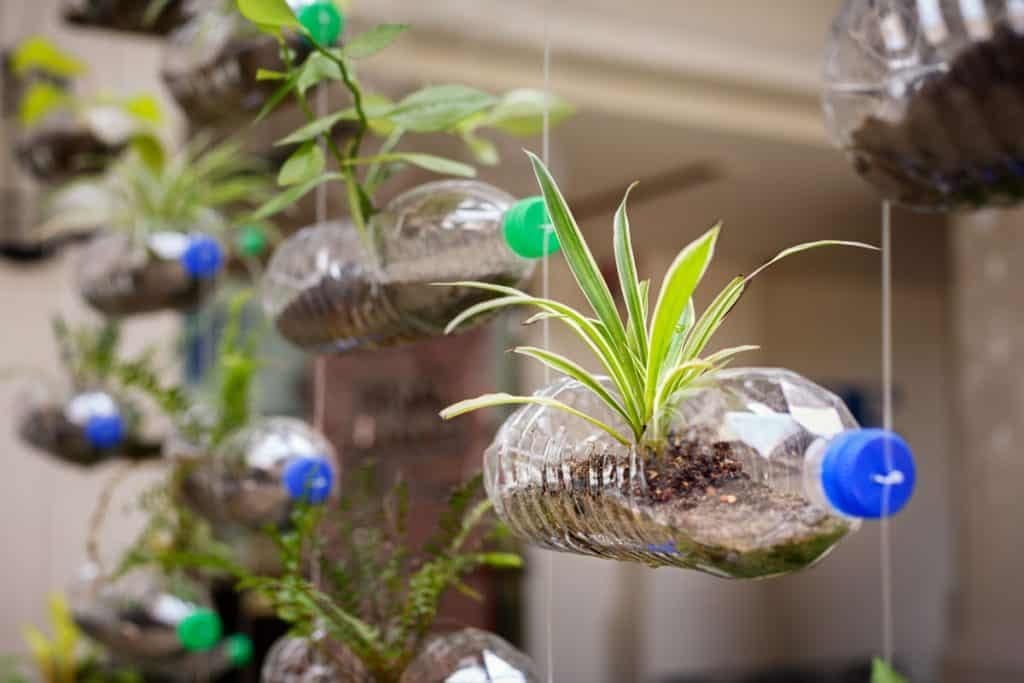
4. Pests and Disease Management
Monitor your vertical garden for signs of pests or disease. Early detection and treatment are key to keeping your garden healthy. When these little bugs appear, you can use natural remedies or targeted treatments to address any issues.
WHY YOU SHOULD MAKE A VERTICAL GARDEN
1. Space Efficiency
Vertical gardens come to rescue those with limited space. Whether you have a petite balcony, a tiny backyard, or even just a blank wall, vertical gardening maximizes every inch, turning any available vertical surface into a potential green canvas.

2. Improved Air Quality
These living walls act as natural air filters. As your plants absorb carbon dioxide, they release oxygen, purifying the air in and around your home. Plus, a vibrant garden is a happy one, contributing to a positive atmosphere.
3. Aesthetic Appeal
Vertical gardens are a feast for the eyes. They transform bare walls into lush works of art, adding a burst of color and texture to your surroundings. Whether you opt for a classic, modern, or eclectic design, the beauty of a vertical garden is undeniable.
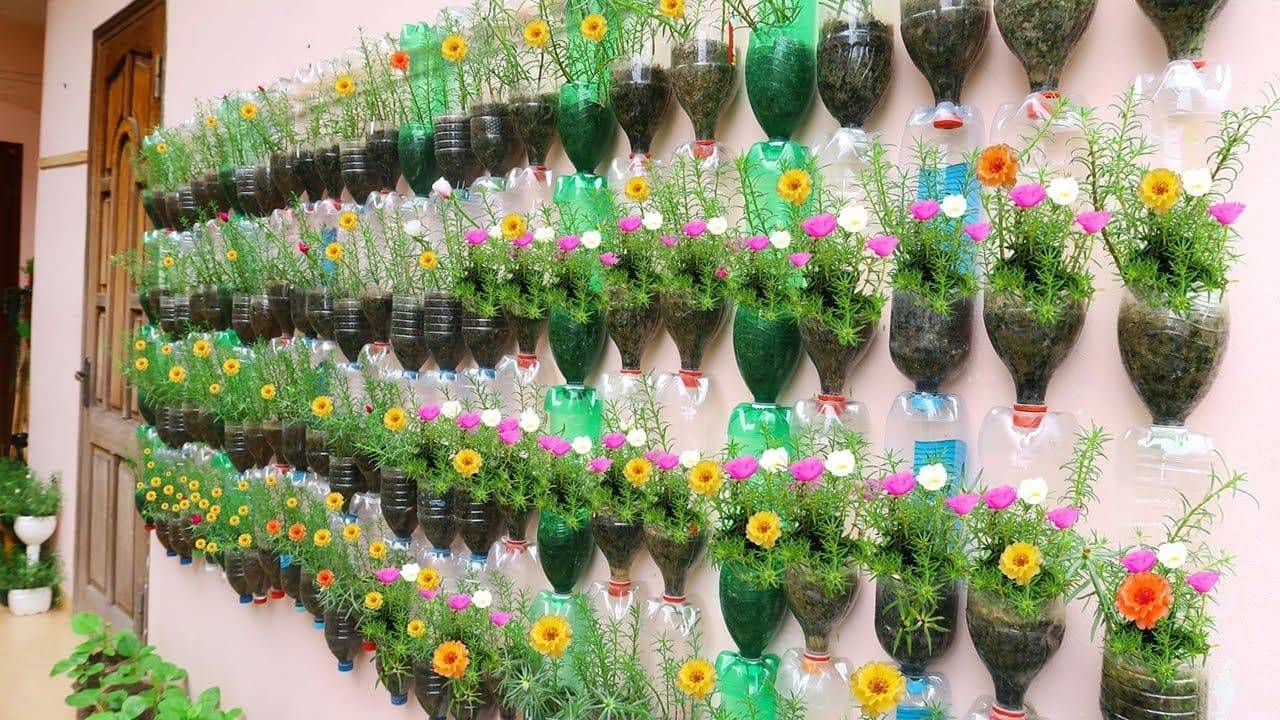
4. Pest and Disease Control
Elevating your plants can help deter pests and diseases. With plants off the ground, crawling insects find it extra difficult to reach them. Additionally, improved air circulation can thwart the growth of mold and mildew.
5. Easy Maintenance
Vertical gardens are more accessible for gardeners of all ages and abilities. There’s less bending and squatting, making planting, tending, and harvesting a breeze. Now, you can say goodbye to sore knees and aching backs.
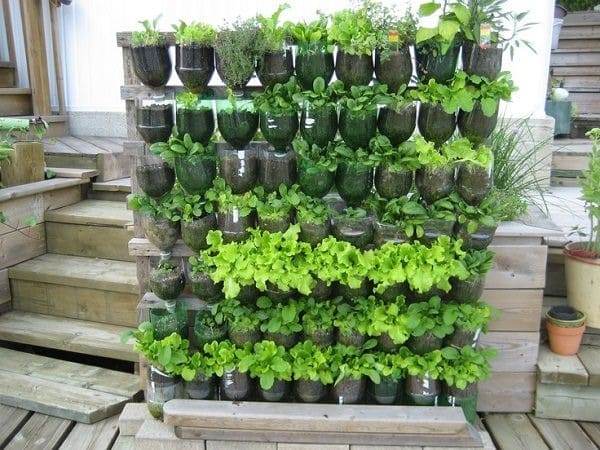
FAQS
1. Can I Install A Vertical Garden Indoors?
Absolutely! Indoor vertical gardens are a fantastic way to bring greenery into your home. Just ensure your chosen plants receive adequate light, whether it’s natural sunlight or grow lights.
2. Do Vertical Gardens Require A Lot Of Maintenance?
Like any garden, maintenance is necessary. However, vertical gardens can be easier to maintain since they’re at eye level, making tasks like watering, pruning, and pest management more accessible.
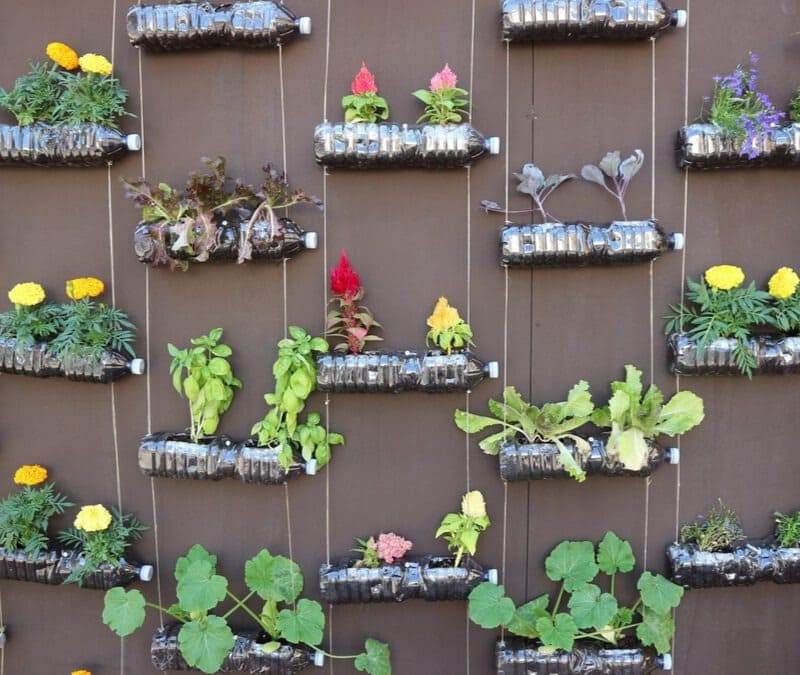
3. How Do I Water A Vertical Garden?
Watering can vary depending on the plants and location. Generally, you should water from the top and let it drip down through the pockets or containers. Regular, consistent watering is key.
4. What Are The Best Plants For A Vertical Garden?
Succulents, herbs, ferns, and certain flowering plants like petunias and impatiens are perfect for a vertical garden. First and foremost, choose plants that suit your location and aesthetic preferences.
Vertical gardening is a captivating and practical way to embrace green living, and with the right care and creativity, you can cultivate a thriving vertical oasis. A traditional garden sprawling horizontally is lovely, but taking your gardening to new heights is fascinating and offers many possibilities for gardeners to go out of the box.

